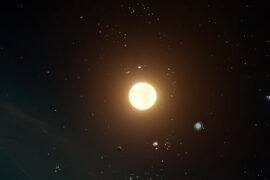It is important to know what you are going to get when you are looking to purchase anything. When it comes to telescopes, it can get a bit tricky because brands show you how they look on the outside or they list a lot of features and numbers that don’t mean anything to a newbie. This doesn’t help at all. This is why we have decided to write a series of articles so you can better understand exactly what you can expect from a 100mm telescope.
This article will help you better understand what you are going to see through a telescope of this size so you can tell if it’s the right fit for you or if you’d prefer to go with a different one.
We will consider “100mm telescopes” everything in the range of 90mm to 110mm as the difference in optics in that range is minimal.
Let’s start with the basics.
What does “100mm” mean?
When a telescope is described as a 100mm telescope, or a 70mm telescope, or a 200mm telescope, it means the device has an aperture of that number in millimeters.
The aperture in a telescope is the size (diameter) of the bigger, frontal lens. This is the lens that captures the light in your telescope. More light generally means a better, clearer, image, so a bigger aperture is almost always better, but unfortunately, it also translates into a higher cost.
Because astronomers prefer to use the metric system, the aperture is generally expressed in millimeters. In the case of 100mm, this is equal to about 3.9 inches.
How Far Can 100m Telescopes See?
Using the aperture of a telescope, a value called “maximum magnitude” can be calculated. This value can be matched to the limiting magnitude (external link) of a celestial object (star, planets, the Moon, etc) which is basically the brightness of an object in the sky. Any object with a magnitude below the telescope’s max magnitude should be visible.
The maximum magnitude of a 100mm telescope is 13.6.
For reference, the Moon has a magnitude of -12.74 and Mars has a magnitude of -2.6.
The quasar 3C 273 located in the constellation of Virgo would be in the limit of what is possible to see with a magnitude of 13. You can find a more detailed list of the visible objects below.
What Can you Expect To See?
There are a few additional variables that determine what you can view through your telescope lens and the quality of the image. The exact calculations can only be determined by knowing the telescope’s focal length, magnification, and even then, differences between telescopes can be perceived due to the quality of the lenses and mirrors or even outside variables like weather conditions.
But for the most part, an approximation can be made using only the aperture as it is the most important variable.
Here’s what 100mm telescopes can do in general terms.
The Moon
The Moon looks amazing in these telescopes. They are more than enough to capture its craters and geological features very clearly and with high definition. Don’t expect to see, however, the Apollo landing site, or minor objects.
Mars
Mars is a great target to look at in this range. You will still be able to see a bit of detail and recognize some major areas in various color tones. The icy poles might also be recognizable depending on the distance between Earth and the red planet at that moment. Under perfect conditions, you might even be able to see its Moons.
Venus
The problem with Venus is that even if it’s “close” to Earth, it’s relatively small and it doesn’t have many recognizable features. Even with a professional telescope it can sometimes just be mistaken for a star as it mostly looks just like a yellow, bright dot. It is definitely visible, but it doesn’t offer much of a show and you will probably need a guide to locate it.
Jupiter
Jupiter will be the last planet you might get any major details out of. This is thanks to the planet’s size and composition with its very defined contrasting areas in white and orange/brown. Maybe you can even catch some of its bigger Moons. You will need good sky conditions for this, though.
Saturn and Neptune
In this range, don’t expect to see much detail.
Saturn will look mostly like a yellow spot, but it should still be very recognizable as you should still be able to see its rings.
Neptune will simply be a bright, blue dot.
Pluto and Dwarf Planets
Pluto is right outside the limit of magnitude these telescopes can get to. You would need perfect conditions to see it, and even then, it will be hard to recognize as you might simply mistake it for a star. But to be completely honest, 99.99% of the time, it will be out of reach.
All the other Dwarf Planets are also outside of the visibility range.
Mercury
We left Mercury at the end because while it is possible to see it, it can be really hard to find the necessary conditions to catch it. It is so close to the Sun, that is usually either on the side of it, or it gets “drowned” by the Sun’s light. It is not a recommended target for 100mm telescopes.
Stars
As mentioned in the previous section, any star with a limiting magnitude below 13.6 should be visible to you. This includes all constellations and hundreds of stars that are not visible to the naked eye.
Nebulas, Galaxies
Nebulas are a great target for any telescope. You should be able to see major ones like the Orion Nebula.
The Milky Way also offers a great show if you can get to certain places on Earth.
For this type of object, there is a big difference between what you can see with your eyes, even using a telescope, and what a camera can catch using long exposure photography so it’s also an opportunity to get into astrophotography if you own a decent camera.
Pros And Cons of 100mm Telescopes
| Pros |
|---|
| Light. Easy to Carry Around. |
| Good price to value ratio |
| Lots of options and brands to choose from. |
| Good value choice for beginners |
| Cons |
|---|
| Limited optics due to lens size |
| Can’t use big magnification eyepieces with it (well, you can, but it would be a waste) |
| No advanced features |
| Not many model options available. There are a lot more 70mm and 130mm telescopes. |
Photos Taken With 100mm Telescopes
Ok, all those descriptions are great. But what can I actually see if I buy a telescope of 100mm? Well, here are some examples that will show you exactly what type of images you can get out of a device of that size.
We tried selecting photos that reflect what you will see, however, please note some might have been taken with a longer exposure, meaning some additional color and detail can be captured that you would not see with your eye.
Most of these photos were taken with an Orion Observer.
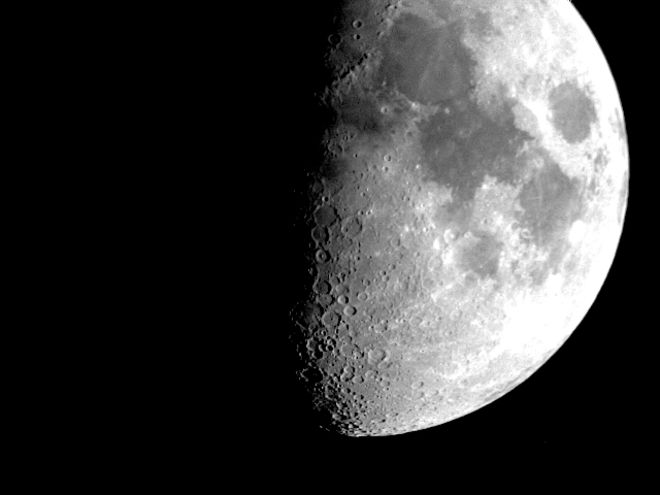
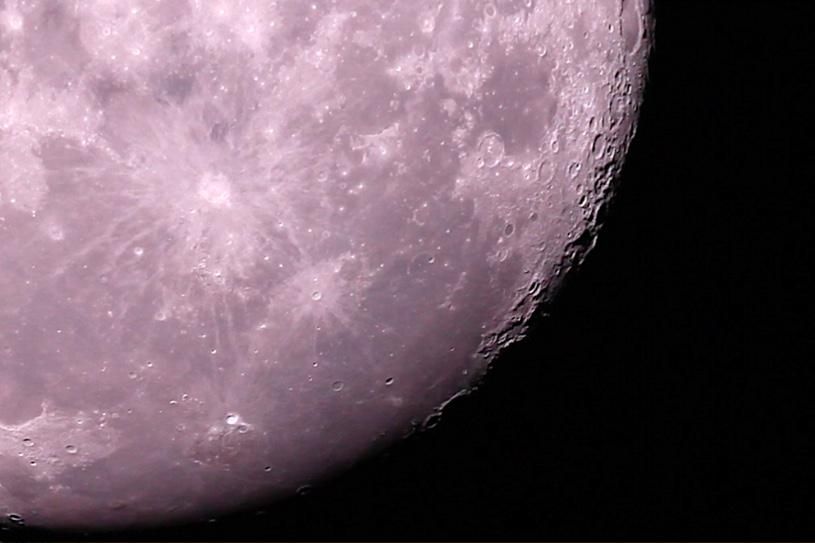

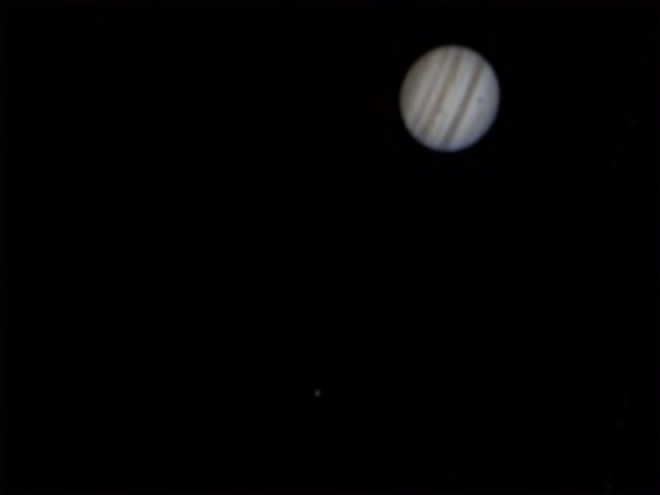

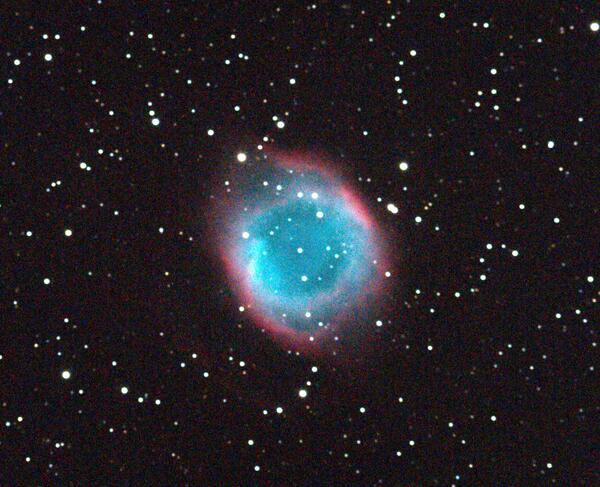
Who Are These Telescopes Good For?
100mm telescopes are in the middle range of entry-level devices. They are noticeably better than a 70mm-80mm beginner’s scope in terms of optics, but not by too much as they still don’t come with the advanced features of bigger models.
Prices in this range are reasonable and will not break the bank. The price to value ratio beats that of smaller scopes.
These telescopes are recommended for beginners who are looking to buy their first stargazing device and want a great bang for their buck. They are also considered a good option for teenagers. For younger kids, you might want to consider a 70mm instead unless you are willing to supervise them all the time.
100mm scopes are light and small, making them easy to carry around. This means they are also a good option as a secondary “carry-on” device that you can bring camping or to the beach if your main scope is too big for that.
Recommended Pick
If you are looking for a specific recommendation on what telescope to buy, here’s our top two picks:
Best Pick: Orion Observer 90mm
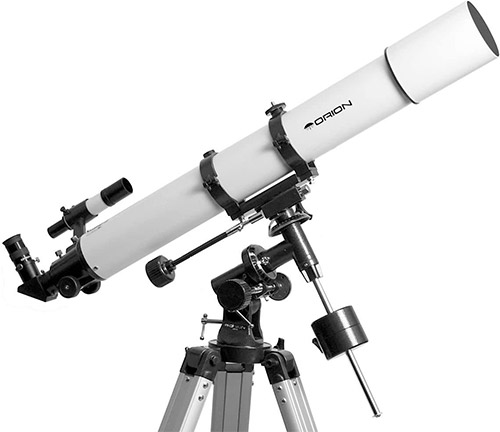
If you are a beginner, you can’t go wrong with Orion devices. It’s a trustable brand that offers great optics and high-quality even in their entry-level options.
While the Observer is not quite 100mm (it’s 90mm), it’s still the best option in this range.
The Orion Observer is an equatorial refractor, which means it has some space for beginners to grow with it and you won’t feel it limits you once you gain more experience. Here’s our guide on the types of telescopes if you want to know what “refractor” means.
Some manufacturers have the bad habit of including low quality, cheap eyepieces with their telescopes to give the appearance of having a better price, but then the image ends up looking bad and you end up throwing those away and having to buy better eyepieces separately. This is definitely not the case with the AstroView as it comes with two high-quality Plossl eyepieces of 25mm and 10mm, which might last you forever.
It is a great option if you are looking for a device you can learn and grow with.
Budget Pick: Orion SkyScanner

A more budget-friendly, but still high-quality option by Orion is the SkyScanner 100mm.
The optics in the main scope are just as good, or even slightly better as in the AstroView above, but because this is a tabletop telescope, you will not get the same mobility that you would with a tripod, nor the precision of the equatorial mount.
If you don’t plan to travel or go outside your telescope, it is a better option. These levels of optics are hard to find in this price range.
The only downside of the SkyScanner is you might outgrow too quickly if you really start to get into stargazing.





